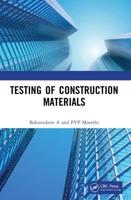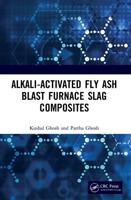Publisher's Synopsis
"Ductile iron pipe (DIP) was introduced about 50 years ago as a more economical and better-performing product for water transmission and distribution. As with iron or steel pipes, DIP is subject to corrosion, the rate of which depends on the environment in which the pipe is placed. Corrosion mitigation protocols are employed to slow the corrosion process to an acceptable rate for the application. When to use corrosion mitigation systems, and which system, depends on the corrosivity of the soils in which the pipeline is buried. The Bureau of Reclamation's specification for DIP in highly corrosive soil has been contested by some as an overly stringent requirement, necessitating the pipe to be modified from its as-manufactured state and thereby adding unnecessary cost to a pipeline system. This book evaluates the specifications in question and presents findings and recommendations. Specifically, the authoring committee answers the followin










